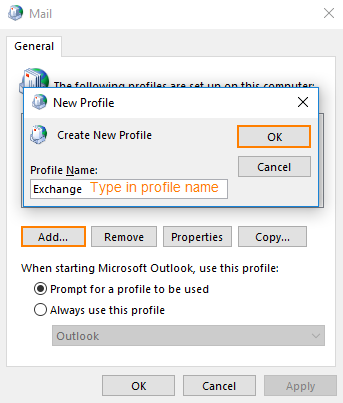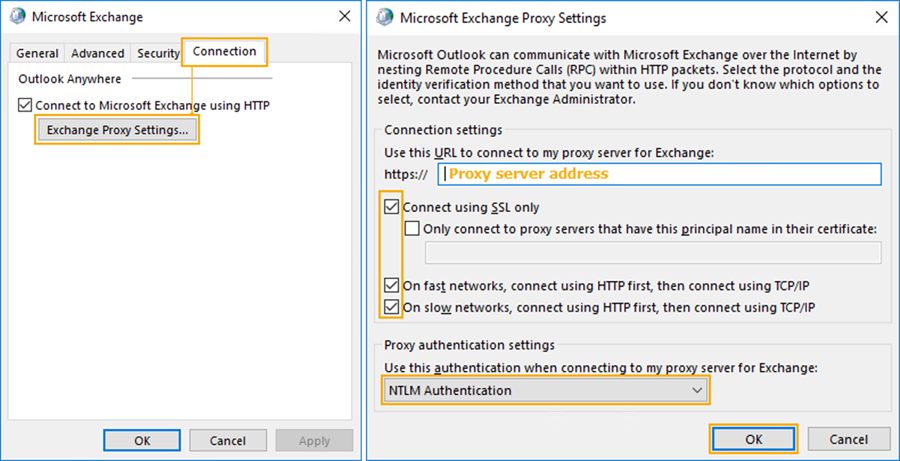
They should have a priority at the beginning where the lowest number is the preference. MX Records should NOT point to an IP Address as stated in RFC1035 ( ). The 5th Resolve-DnsName command will show you your MX records on the internet. To fix the external records (more than likely, autodiscover is the one that doesn't exist and needs to be created), on your domain's external DNS Manager create an A record for and point it to the external IP of your mail server (eg. The next 2 Resolve-DnsName commands should both respond externally (Via Google's DNS) to your external IP of the mail server (eg. Then create another DNS Zone (Active Directory - Integrated) for and create a blank A record and point it to the internal IP Address of your mail server (eg. To fix the internal records, the easiest way to do this is to create a DNS Zone (Active Directory - Integrated) for (assuming that is your OWA URL) and then create a blank A Record and point it to your internal IP Address for your mail server (eg. The first 2 Resolve-DnsName commands should both respond from an internal computer to the internal IP of your Exchange server (eg. To make sure Split-DNS is working properly, review the Environment Backup - The 7 Resolve-DnsName commands at the end. Now that we have an Environment Backup, let's proceed with the steps to fix your environment.Īs DNS is a vital component in any network, please make sure that Split-DNS is setup first before doing anything else. NOTE: If you get errors on the Resolve-DnsName commands, please use the following NSLookup Commands instead. Resolve-DnsName -Type A -Name -Server 8.8.8.8 Resolve-DnsName -Type TXT -Name -Server 8.8.8.8 Resolve-DnsName -Type MX -Name -Server 8.8.8.8 Get-SendConnector | Where-Object | fl identity, user, *rights Get-WebServicesVirtualDirectory | Format-List Get-PowerShellVirtualDirectory | Format-List


Get-AutodiscoverVirtualDirectory | Format-List Get-ActiveSyncVirtualDirectory | Format-List The Start-Transcript/Stop-Transcript lines will output all of this to a text file in the current folder, as well as on screen. Don't forget to change the RESOLVE-DNSNAME commands at the bottom so that they reflect your current OWA URL hostname and the Autodiscover record for your external domain name.

Run the following commands in Exchange Management Shell to backup your configuration. If you are on Exchange 2007 or 2010, and you do not have OutlookAnywhere enabled, enable OutlookAnywhere and follow this guide.įirst thing is first, make a backup of your environment's configuration. For Exchange 2013+, OutlookAnywhere is a requirement and Split-DNS is Best Practice. OutlookAnywhere and Split-DNS are vital for future-proofing your Exchange configuration and making it work properly now, regardless if you use Exchange 2007, 2010, 2013, or 2016. You need to make sure your OutlookAnywhere and AutoDiscover settings are setup properly along with Split-DNS.


 0 kommentar(er)
0 kommentar(er)
